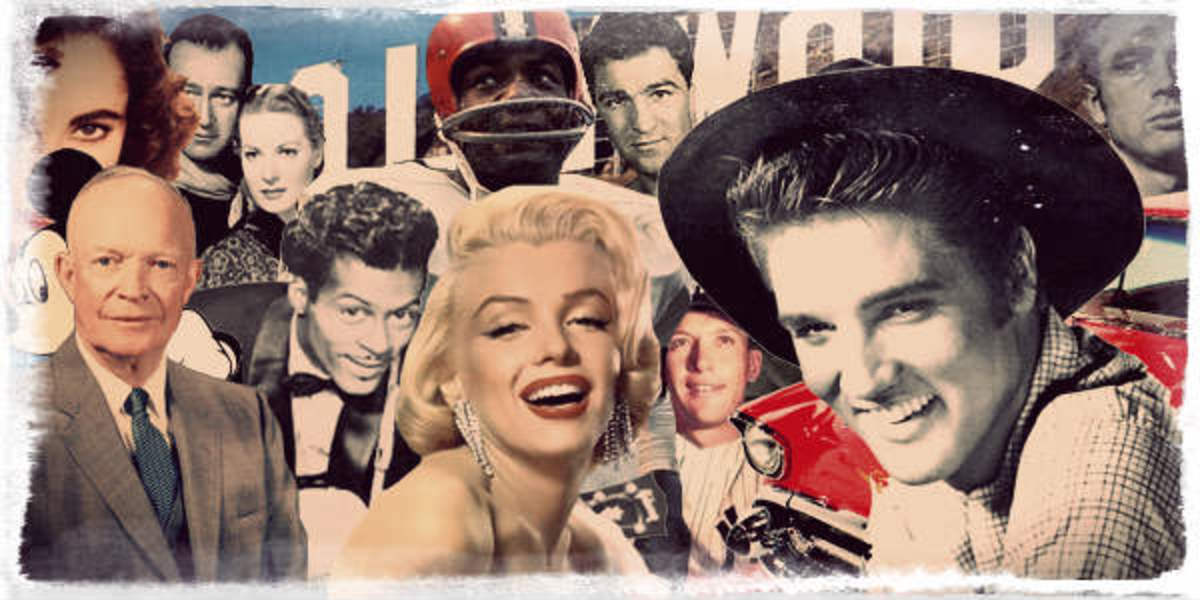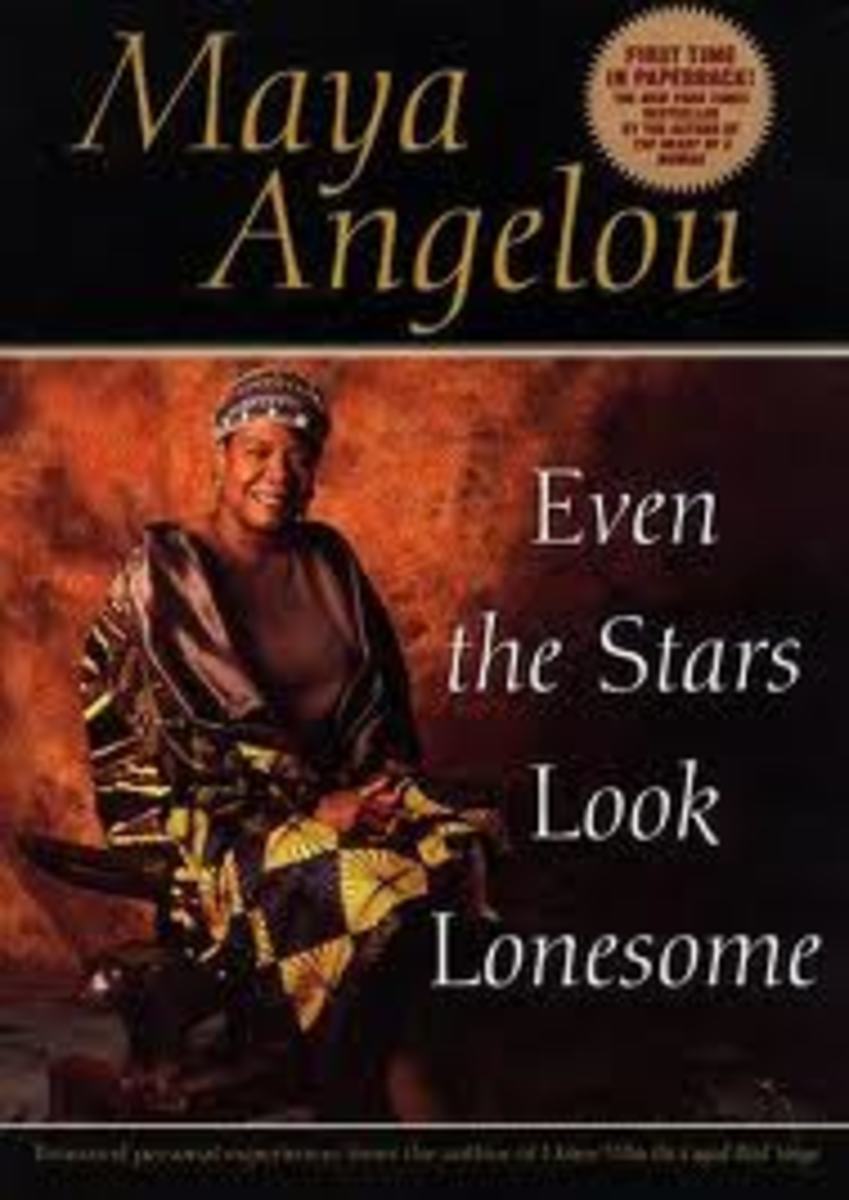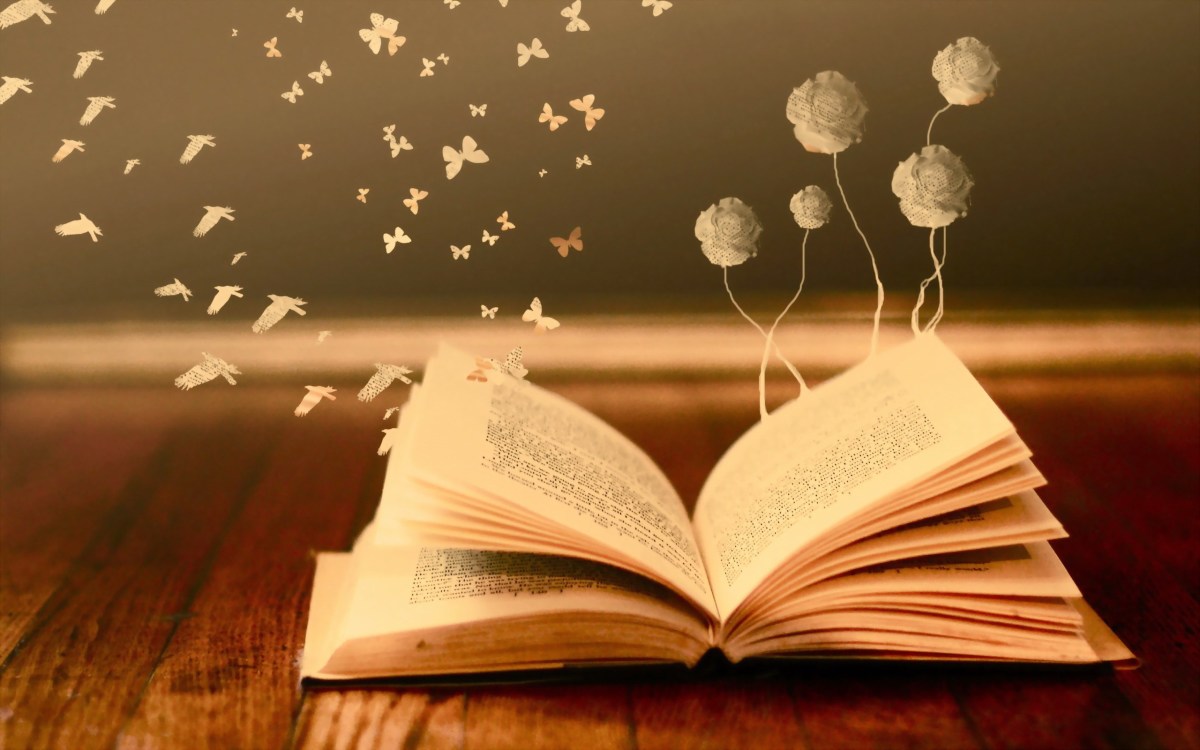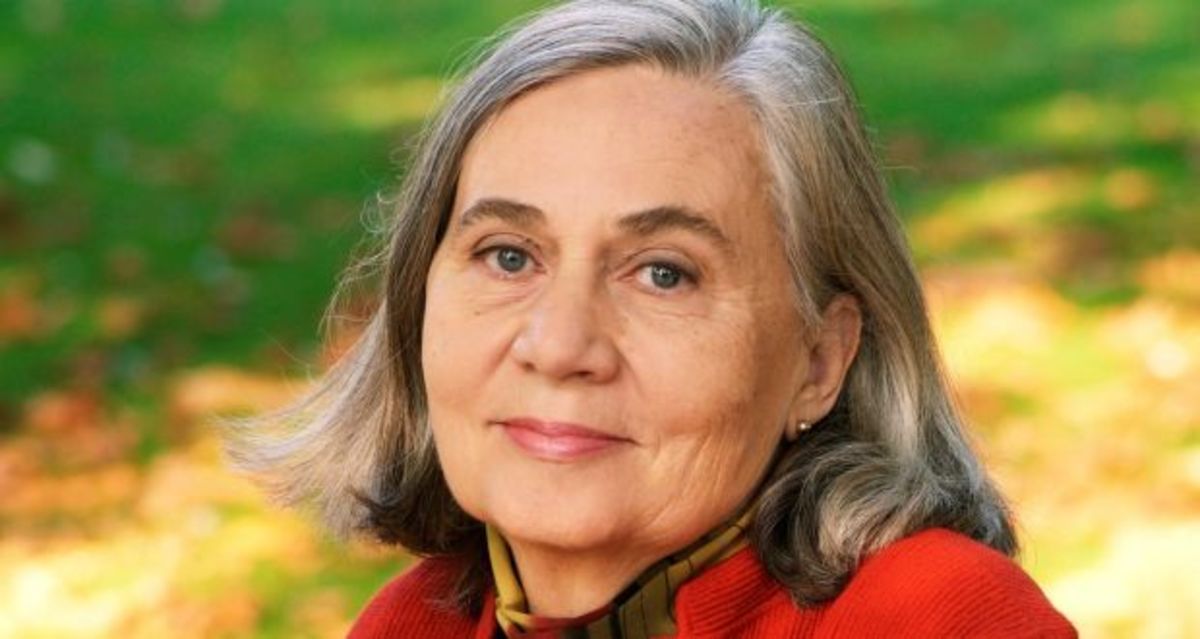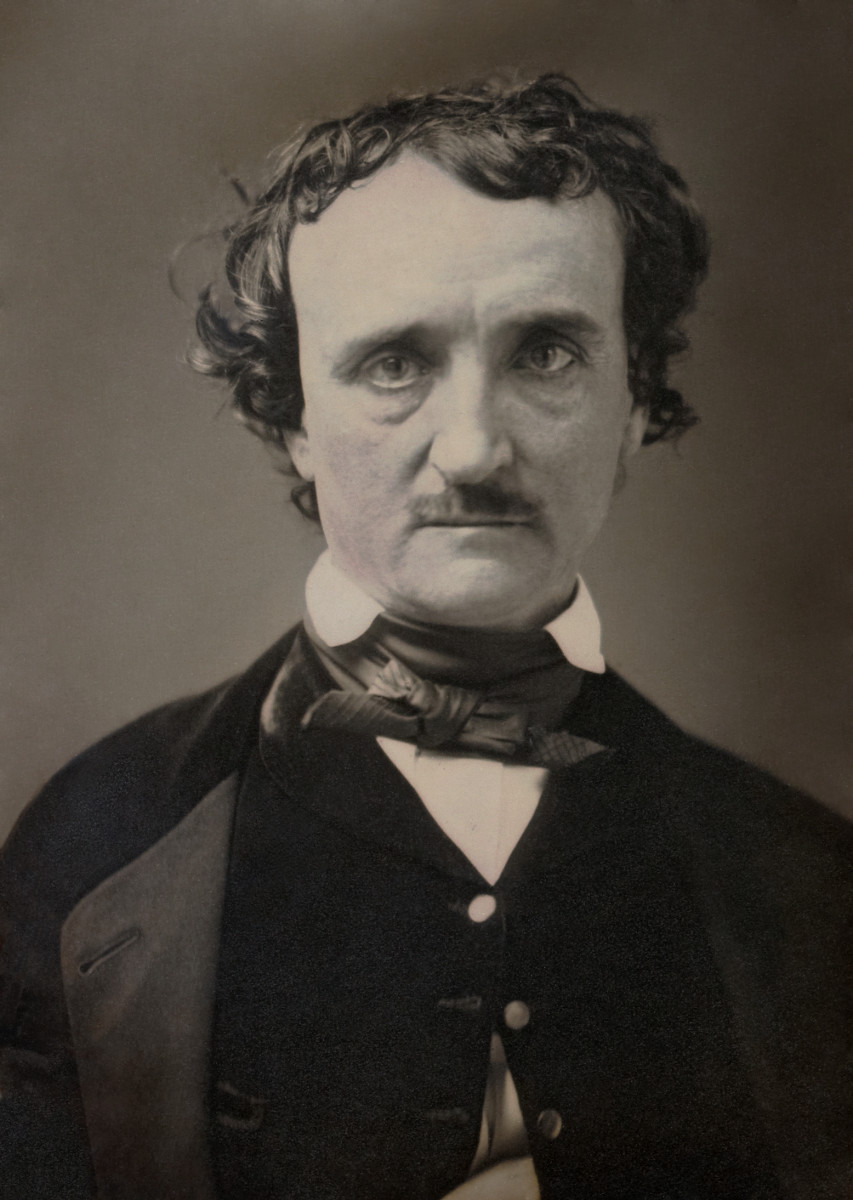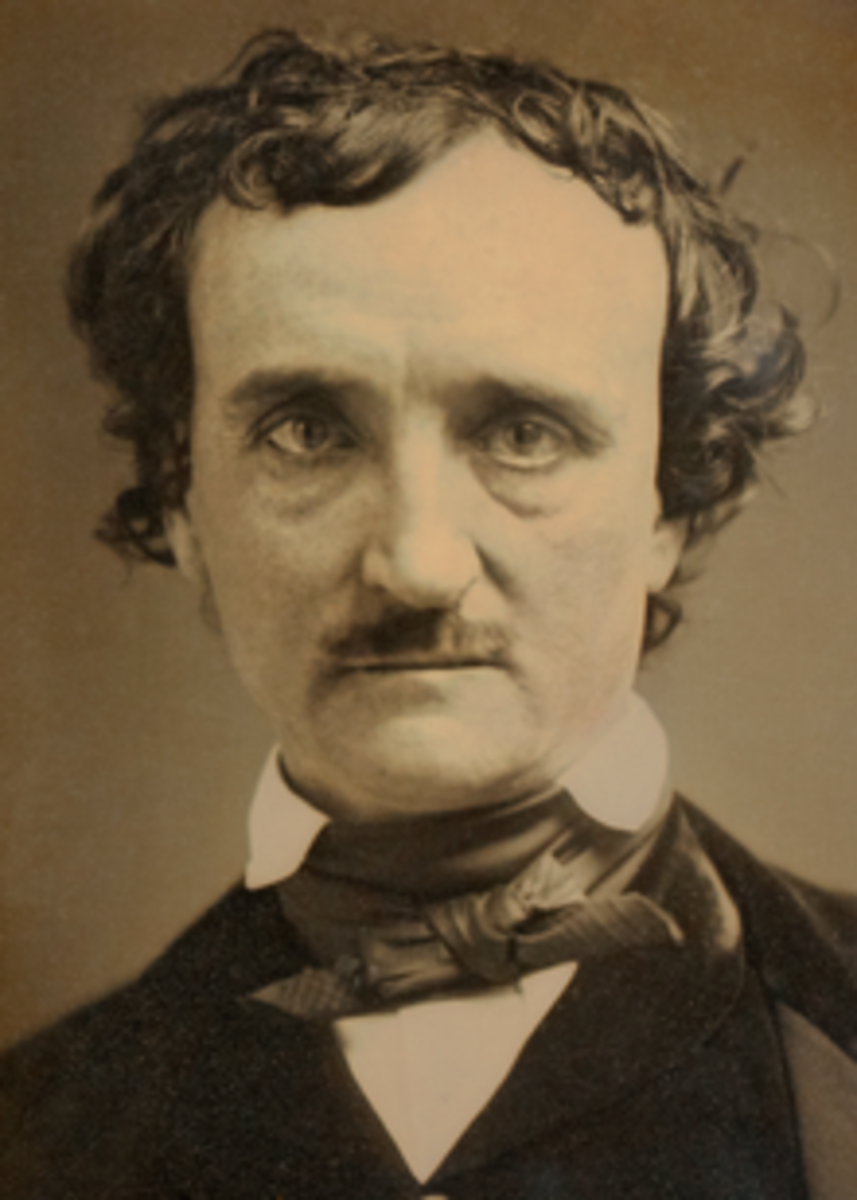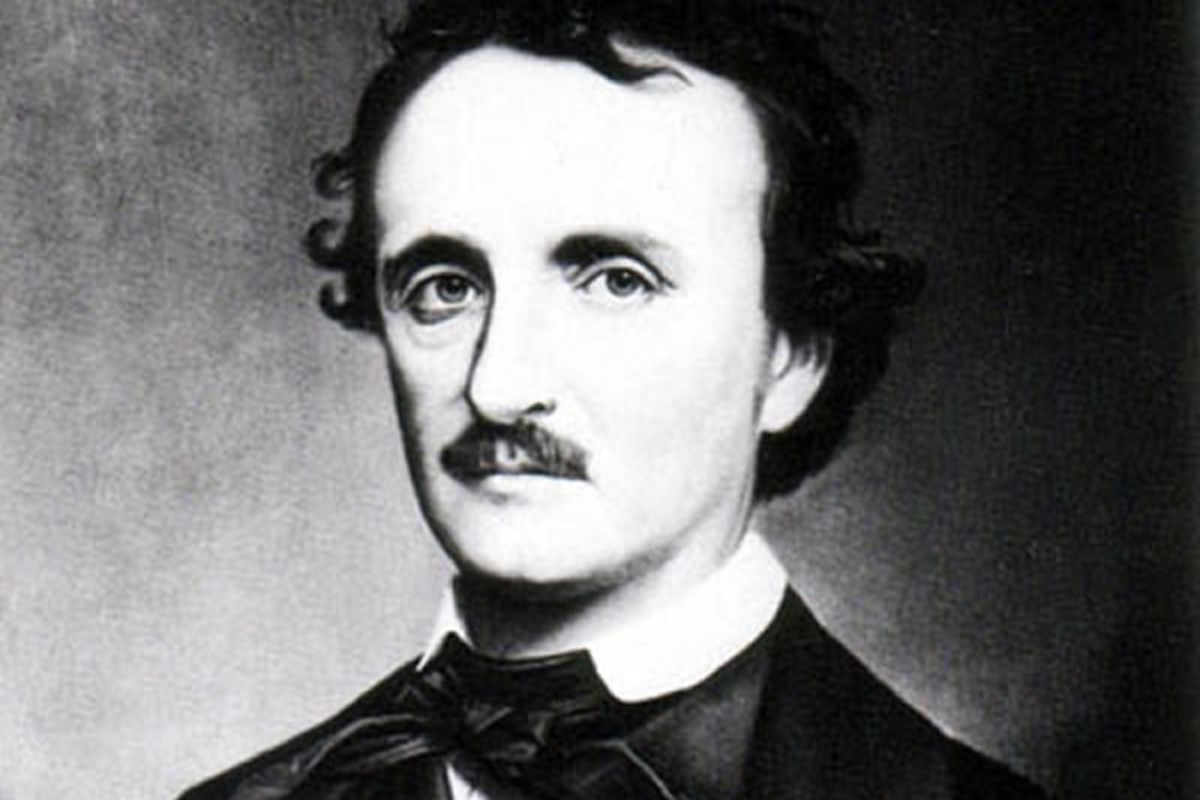Equality Conflict in Early American Literature
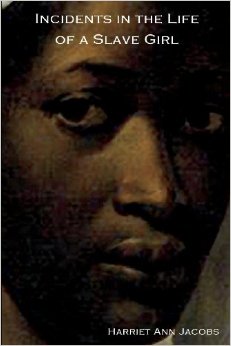
Equality Conflict in Early American Literature
Literature always has captured the essence of society. Early American literature follows this tradition. The conflict of equality in early America is reflected in the diverse literary works of the new nation. America’s forefathers drafted the Declaration of Independence with the goal of an independent nation with liberty and freedom for the people. Although it was a noble goal the results provided freedom and liberty to a select population, specifically White men. Native Americans, women, and African Americans recognized this disparity and fought for equality. Early American literature provides a view of this fight for independence for all.
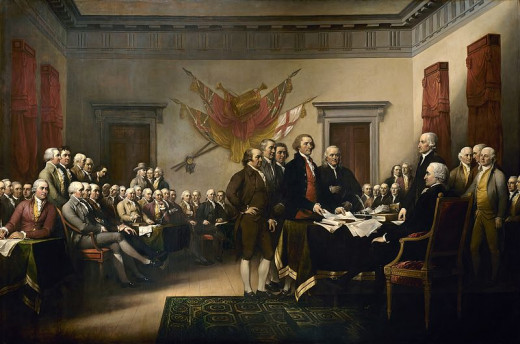
Founding Fathers
Declaration of Independence
The founding fathers of America provided a framework for the new nation. Thomas Jefferson, John Adams, and Benjamin Franklin came together to draft the Declaration of Independence. The Declaration was a document in which these men expressed to England their beliefs about how they were being mistreated, and that each human has inalieanable rights, such as freedom and liberty. This differed from English society where people born to specific families were more privileged. America was built on the idea that birthright was not indicative of a person’s rights. The Declaration was accepted as law to start the new nation, yet these rights were extended only to White men.
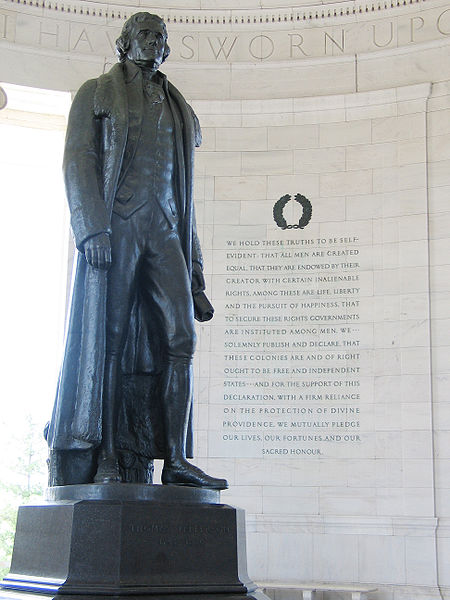
Thomas Jefferson
Thomas Jefferson is credited with writing the Declaration of Independence. He recognized the injustices of denying freedom to all Americans. He wanted to include a section to provide freedom to the African American slaves. The Declaration needed to be unanimously accepted. Unfortunately, this clause was not acceptable to a South Carolina and was removed prior to signing. Jefferson took out the section on freedom for the slaves. His works provide insight into his views on anti-slavery, and his quote about fighting for freedom goes beyond the American Revolution and applies to liberty to all “the tree of liberty must be refreshed from time to time with the blood of patriots and tyrants” (Brainy Quote2013).
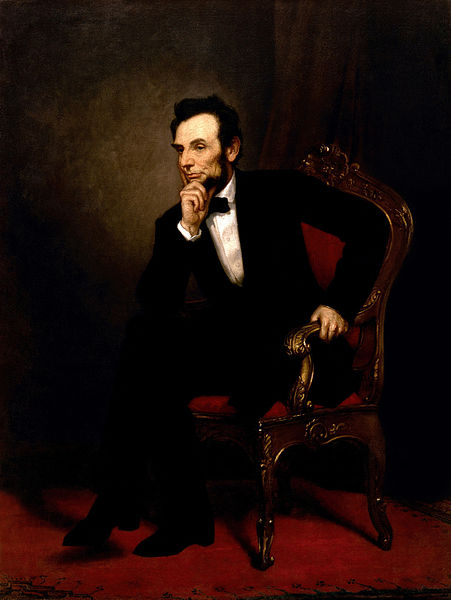
Abraham Lincoln
As the sixteenth president, Abraham Lincoln was in favor of the anti-slavery movement. His writings provided insight into his views on the Declaration of Independence and the Bible as the basis for his anti-slavery campaign (Baym, 2008). The Gettysburg Address is one of his most famous speeches where he states “our fathers brought forth on this continent, a new nation, conceived in Liberty, and dedicated to the proposition that all men are created equal” (Lincoln, 2008, p. 734, para. 3).
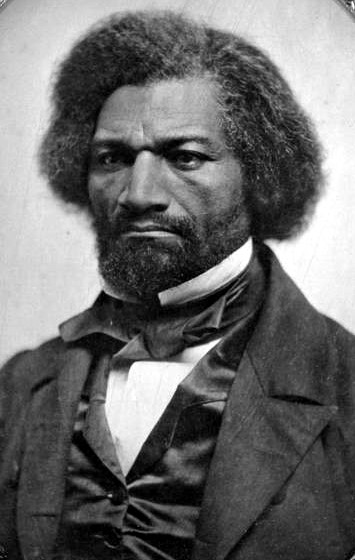
African Americans
Frederick Douglass
Frederick Douglass was an African American man born into slavery gaining freedom at 21 years old. He was a self-educated man who was recognized in the North for his literary talent. His “Narrative of the Life of Frederick Douglass, An American Slave, Written by Himself” provided views into the lives of slaves, the injustices they endured, and the unfairness of slavery. Douglass lectured in America and England in favor of the abolitionist movement and even spoke in favor of women’s rights. Douglass fought for liberty for African American death to hopeless bondage” (Douglass, 2013). Douglass lived to see freedom of the slaves after the Civil War, but African Americans still did not receive full liberty as the White man did.
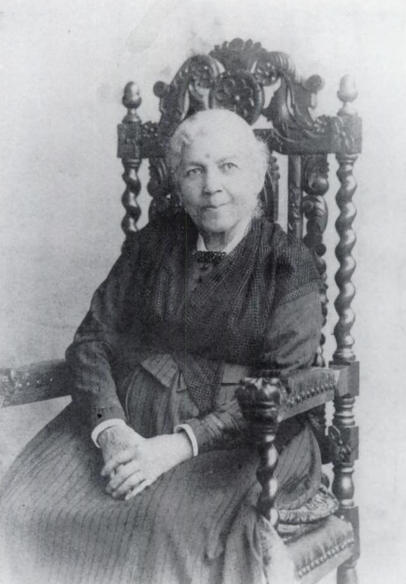
Harriet Jacobs
Jacobs also shares her own slave narrative providing readers with views of her tormented life as a slave. In “Incidents in the Life of a Slave Girl” Jacobs details her flight from an abusive slave owner, being separated from her children, and hiding in a dark, hot, and rat-infested attic cramped and hiding from almost certain death for running away and denying her owner sexual favors (Baym, 2008). Although she is well-known for her writing and the work’s influence on the abolitionist movement, Jacobs was a fugitive for fleeing from slavery and could not participate in the abolitionist movement like Frederick Douglass, who was freed from slavery (Yale University, 2001). Unlike the African American movement for freedom, the Native American population had little or no backing by White American for freedom.
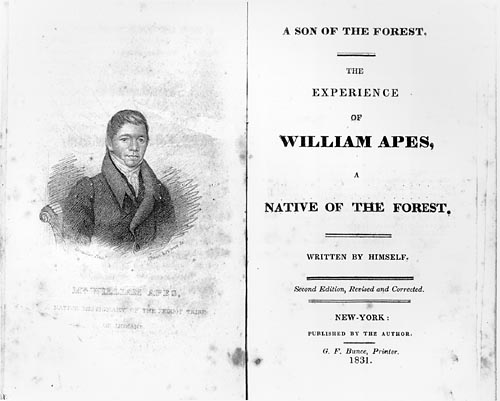
Native Americans
William Apess
William Apess was a Native American man born in Massachusetts not far from where his people, the Peqout had lived (Enotes, 2013). Apess is well-known for his “An Indian’s Looking-Glass for the White Man” which reveals the effects of racism and his views of equality for Native Americans. While America was fighting the Civil War for freedom of the African Americans from slavery the Native Americans fought alongside both the Confederate and Union soldiers out of fear of losing their homeland.
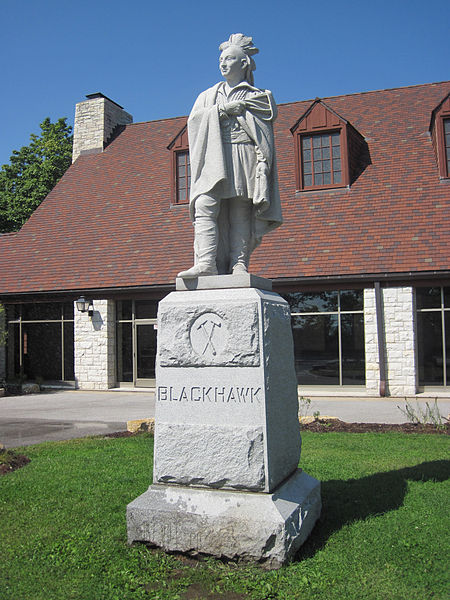
Black Hawk
Black Hawk was a member of the Saukenuk tribe, and assumed the position of chief at the age of 15 (Devlin, n.d.). Black Hawk’s autobiography is known as one of the most accurate and complete histories of Native American life and interaction among the Native Americans and the European settlers (Devlin, n.d.). Black Hawk worked on behalf of Native American for equal rights. His writing influenced Illinois government to consider Native American rights, Black Hawk’s work served to forward the Native American equality movement. Native Americans gained citizenship and the right to vote in 1887 (Ojibwa, 2012). Women’s equality and the right to vote would not happen for another 33 years.
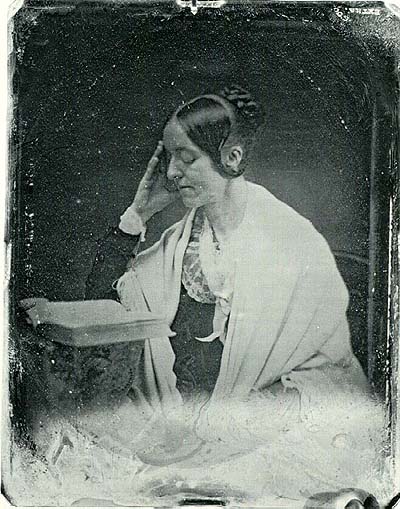
Women’s Equality Movement
Margaret Fuller
Fuller was an early contributor to the women’s suffrage movement. Her work on the conflict of equality between men and women is evident in her work “The Great Lawsuit.” This ironic work presents Fuller fighting for the civil rights of women in a metaphoric court, the irony because women had no rights to sue or be sued when “The Great Lawsuit” was written (Cole, 2011). Fuller brought to light the issue of women seen as inferior to men. Her work would influence women’s activists.
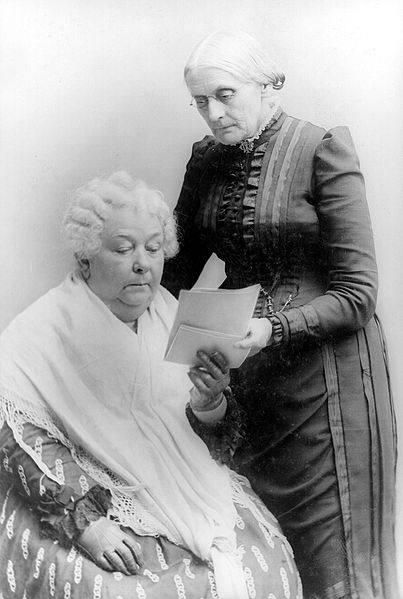
Elizabeth Cady Stanton
Stanton wrote “The Declaration of Sentiments” which was presented at the women’s rights convention in Seneca Falls, New York, in 1848. This document, similar to “The Declaration of Independence” offers the sentiment “we hold these truths to be self-evident, that all men and women are created equal, that they are endowed by their Creator with certain inalienable rights; that among these are life, liberty, and the pursuit of happiness” (Pearson Education, 2013). Stanton presented this writing to comparing the original Declaration to the Sentiments providing readers with the original ideals of American freedom and shedding light on the fact that these freedoms are inalienable to all humans regardless of gender, race, or creed.
Types of Literature
American literature evolved from the early logs and accounts of the early settlers to works of fiction, essays, and plays of the pre-Civil War period. Literature followed the trends of European writing while capturing the American spirit of self-reliance and independence. The earliest works based on equality include “The Declaration of Independence.” This legal and historical document provides passion and meaning, but offers little in the way of metaphor and irony. Essays and narratives followed the trend of historical accounts providing more personal views into the American experience and the issues of equality in America, such as William Apess’ “A Son of the Forest.” Fiction works offered literary works of metaphor and irony while depicting American families and tragedies, such as in Harriet Beecher Stowe’s “Uncle Tom’s Cabin.” The women’s suffrage movement provided interesting essays from Margaret Fuller, similar to Emerson’s Transcendentalism, while Elizabeth Cady Stanton returned to the old format of historical documentation seen in the original “Declaration of Independence.”
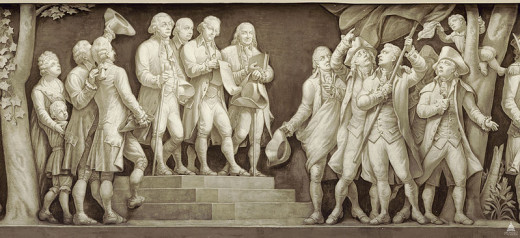
The literature during the formation of America provides a fascinating view of the American ideal of liberty, as well as that all Americans fought for their own place in the equal citizenship promised in the “Declaration of Independence.” The fathers of the new nation set the framework for an equal society much different from their native England. Among those men was Thomas Jefferson who was in favor of extending liberty to enslaved African Americans providing their freedom. The South was not in favor of this decision. African Americans, along with Native Americans, and women all fought for their own independence in this new nation. Early American literature, written by the individuals of these movements, provides insight into the experiences of the oppressed and the fight to an equal America.
For more from the writings mentioned in this article try the following books:
References
Baym, N. (Ed.). (2008). The Norton anthology of American literature. (Shorter 7th ed. Vol. 1). New York: NY: W.W. Norton.
Brainy Quote. (2013). Thomas Jefferson quotes. Retrieved from http://www.brainyquote.com/quotes/quotes/t/thomasjeff109180.html
Cole, P. (2011 July 14). What Margaret Fuller did for feminism. Retrieved from http://www.margaretfuller.org/index.php?option=com_content&view=article&id=101:what-margaret-fuller-did-for-feminism&catid=1:latest-news&Itemid=61
Devlin, S.K. (n.d.). Black Hawk: An autobiography and its influence on Native American equality. Retrieved from ttp://www.illinoishistory.gov/Illinois%20History/Devlin106.pdf
Douglass, F. (2013). Frederick Douglass quotes on visions of America. Retrieved from http://www.shmoop.com/life-of-frederick-douglass/visions-of-america-quotes-2.html
Enotes. (2013). An indian’s looking glass for the white man. Retrieved from http://www.enotes.com/an-indians-looking-glass-white-man-reference/an-indians-looking-glass-white-man
Lincoln, A. (2008). Address delivered at the dedication of the cemetery at Gettysburg, November 19, 1863. The Norton anthology of American literature. (Shorter 7th ed. Vol. 1). New York: NY: W.W. Norton.
Ojibwa. (2012 August 11). American Indian voting rights. Retrieved from http://www.nativeamericannetroots.net/diary/1364/american-indian-voting-rights
Pearson Education. (2013). The declaration of sentiments. Retrieved from http://www.infoplease.com/ipa/A0875901.html
Yale University. (2001). Harriet Jacobs and the transatlantic movement. Retrieved from http://www.yale.edu/glc/conference/yellin.pdf






